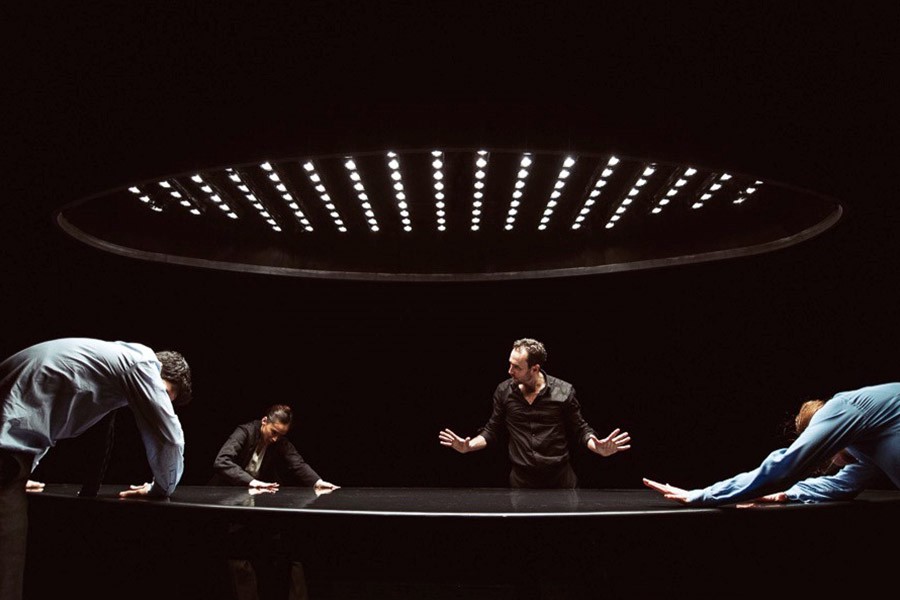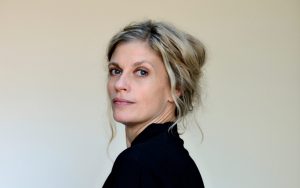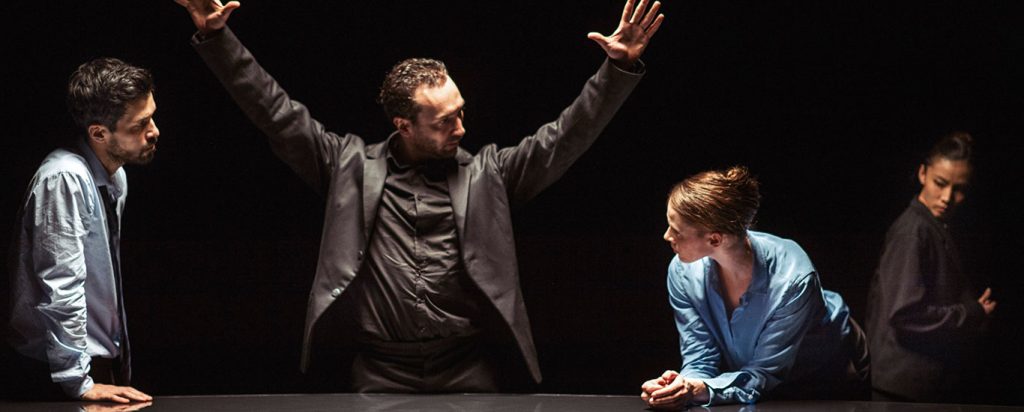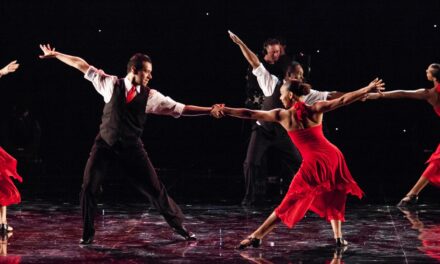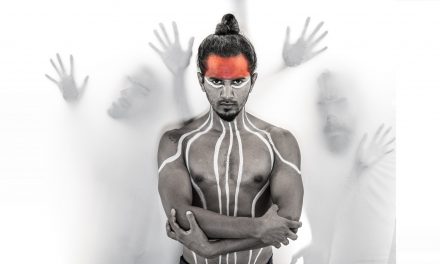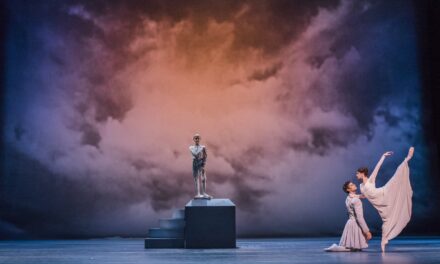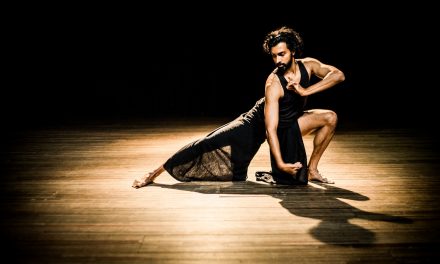I have never particularly enjoyed watching dance that isn’t live. There is nothing quite like the thrill of a theater as the lights dim, the experience of sharing a moment in dance that will never be the same. No two live performances are perfectly alike, and that is what makes it so special.
When this all started, I had tickets to see two shows on Broadway, as well as to see Pina Bausch in Los Angeles. Once the cancellations started rolling in, I quickly realized I would have to adapt my dance-viewing habits if I wanted to continue to feed my artistic need to watch dance.
But besides a few Instagram dance classes and my own university classes now moved to Zoom, I have not really watched any dance. It simply makes me sad because I start to think about all we have lost (albeit temporarily).
I finally broke my streak of silence with Crystal Pite’s The Statement. Originally filmed in 2018, the 20-minute work is available for free on Vimeo.
“We should have stopped it” becomes the resounding chorus of the work. Set to a spoken word backdrop written by Jonathon Young, the work builds into a chilling depiction of power dynamics. Pite herself describes The Statement as a “one-act play,” and in it, we watch four characters battle for their own exoneration and moral high ground.
The entirety of the work takes place around a sleek black table. Coupled with business-attire costumes, the mood evokes a growing sense of corporate dread. So too does the long table hearken to Kurt Jooss’s The Green Table, which similarly gives choreographic life to the futility of peace negotiations by people in positions of power.
Pite’s choreography flows smoothly, and each character demonstrates specific tendencies that flesh out their own motives. Gender is carefully woven into the narrative as we watch one woman try to seek the truth, and she is consistently silenced by physical manipulation from her male colleagues. The other woman plays a more background role collecting information, until the men realize she holds more power than they thought.
Yang’s spoken word landscape uses corporate and political language – although neutralized by generalities like “over there,” “upstairs,” and “the conflict.” And yet, this abstraction makes the work even more chilling. The spoken word weighs heavy in the current crisis.
“We should have stopped it,” one character repeats over and over. This eerie chorus, combined with Pite’s smooth, gravity-defying choreography, makes The Statement a relevant depiction of power dynamics and moral codes in the face of a disaster.
The work, performed on a stage and made for film, was a perfect foray into the world of dance viewed online. It is longer than a music video and shorter than many full-length works made available online. And, the mood of the work – stifling, frustrating – fits the mood of my quarantined dance life.
Still, Pite’s choreography inspired me to move. I took a walk outside, did a few improvisations for the first time in weeks. The video experience of The Statement managed to give me the same effect as a live theater performance does – the impulse to move. And it’s that first step off the couch right now that is often the hardest (and most important).
Written and submitted to LA Dance Chronicle by Gillian Ebersole, April 17, 2020.
*******************************************************
Gillian Ebersole is a graduating Dance and English Dual Degree Candidate at Loyola Marymount University. She attended the Laban 2018 International Conference on an Honors Summer Fellowship and participated in the 2019 Summer Undergraduate Research Program drafting a book proposal about dance notation and literacy alongside Dr. Teresa Heiland. After learning from Sarah Kaufman of The Washington Post at the Institute for Dance Journalism and Advocacy, she earned a position as a dance critic for the online arts collective Bachtrack. Two of her dance research papers have been selected by the William H. Hannon Library for publication, and two of her dance-inspired literary criticism papers have been published by the literary criticism journal Criterion. She has published poetry in the interdisciplinary journal Attic Salt, created a poetry installation for the Thomas P. Kelly Art Gallery, and performed her spoken word at various open mic nights. During her presidency in the National Dance Education Organization and LMU’s Chapter of Movement Exchange, Gillian started an after-school dance program at a local STEM high school and traveled to Panama City to share dance in the community there. While at LMU, she has performed in and choreographed for eight different shows. During this time of social distancing, Gillian continues to choreograph, improvise, watch, dream, and write about dance in her bedroom.
*********************************************************************
**If you are a dance professional and wish to submit a writing to “Stories From the Inside”, please also include a short bio, high definition photos, and a head shot of yourself. Send these to info@ladancechronicle.com.
Our policy is: Your writing belongs to you. If we deem it necessary to edit your content we will seek your approval prior to publication. Please only submit content that you know can be published by LADC. There is no compensation for these stories as no one at LADC is being paid for this project. It is a labor of love for our art form.
Featured image: The Statement Choreography by Crystal Pite – Photo courtesy of the artist.

